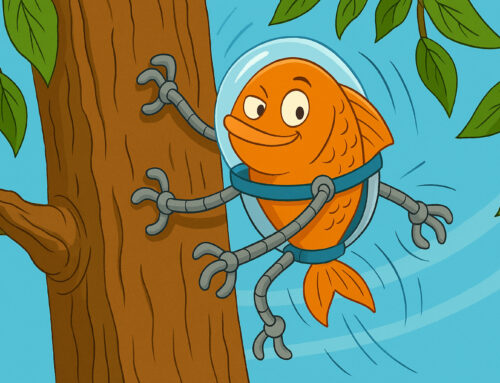
Roleplay & Realism — Bringing Learning Videos to Life
Why the best training videos don’t look like “training videos.”
When people talk about “training videos,” there’s usually a groan involved.
You know the type, stiff dialogue, shiny offices, suspiciously happy employees.
The problem isn’t the format. It’s the fakery.
Because the moment a learner senses that something’s been staged, the learning switches off.
At WIDEO.co.uk, we’ve spent years helping organisations move beyond that.
The trick? Realism. Not “acting like a real person” but actually creating the conditions where people are real.
Why realism matters in learning
People don’t learn from perfect performances; they learn from moments that feel true.
When a scene mirrors the awkwardness, humour or pressure of real work, it lands.
A good drama doesn’t preach it provokes.
It invites the viewer to think: “What would I do in that situation?”
That’s where real behavioural change starts.
Not with a rulebook, but with recognition.
Roleplay — but make it real
Roleplay has a bad reputation. Done badly, it’s uncomfortable and artificial.
Done well, it’s one of the most powerful learning tools there is.
In our productions, we often use actors mixed with real employees or live reactions captured in the moment.
We work with facilitators who know how to draw out authentic emotion without pushing people into performance.
It’s about designing the right amount of structure, and then letting human behaviour do the rest.
Realism doesn’t mean chaos
Authenticity doesn’t mean “make it up as you go.”
Behind every believable scene is a solid framework: a clear objective, tight scripting where it matters, and expert direction to keep everything safe and purposeful.
The magic happens in the space between structure and spontaneity.
That’s where learners stop watching and start feeling.
From screen to session
A strong learning video doesn’t end when the credits roll.
It sparks reflection and conversation.
That’s why we always think about the facilitated experience that follows. The discussion questions, the guided pauses, the “what would you do next?” moments.
It’s not just a video; it’s a trigger for learning.
Bonus value — reuse and repurpose
The beauty of a well-crafted roleplay video is that it keeps working long after the initial programme.
Clips can be reused in eLearning, onboarding, coaching sessions, or even leadership development programmes.
Short extracts can become micro-learning moments, quizzes, or social posts.
Real stories have long shelf lives.
Because the truth doesn’t date.
The takeaway
Realism isn’t risky. It’s respectful.
It tells your learners: we trust you with real situations, real emotions, and real decisions.
That’s the kind of content that sticks.
At WIDEO.co.uk, we help L&D and internal comms teams bring realism to the screen. That way the learning feels less like acting, and more like life.




